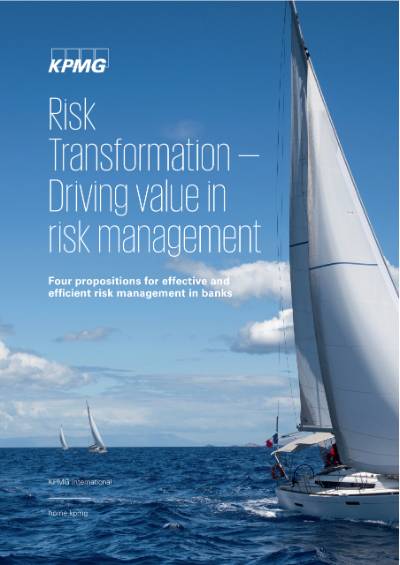The Chief Risk Officers (CROs) of banks have a delicate balance to achieve.
On the one hand, there are constantly rising expectations of risk management. The much publicized "regulatory tsunami" is not weakening, in fact, supervisory authorities are continuously setting new priorities, such as the current focus on IT and sustainability risks. These may require the CRO's responsibilities to expand, leading to a corresponding increase in the risk management resources. In addition, there are growing expectations from internal stakeholders. Every new crisis, such as the recent COVID-19 pandemic, every new stress test, and every newly requested analysis underlines the importance of a flexible and responsive risk monitoring function.
On the other hand, the CRO cannot escape the cost pressures that are affecting banks due to the persistance low interest rate environment and a highly competitive market. Even specific regulatory requirements can often no longer justify high ongoing costs, let alone an increase in staffing. To balance these opposing movements, a determined and radical transformation of risk management is required.
KPMG International conducted a global study with CROs from 76 banks in 19 countries. Using the results of the study, we derive four central propositions for the transformation of risk management.
Contact us
Connect with us
- Find office locations kpmg.findOfficeLocations
- kpmg.emailUs
- Social media @ KPMG kpmg.socialMedia





